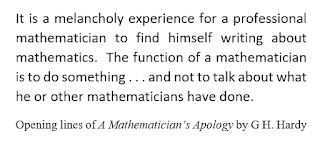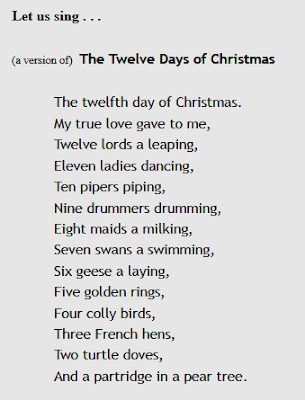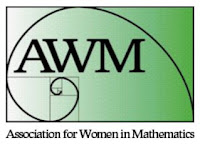Tomorrow, March 1, we begin Women's History Month. Join in celebration of math people with the Mathematician Poster Project -- a poster series featuring modern mathematical role models, created by a group of math graduate students and alumni. All files are freely downloadable below, for sharing either online or in print. The project is new and growing -- in the first six available posters, math-women featured therein include Pamela Harris, Maryam Mirzakhani (1977-2017), and Julia Robinson (1919-1985).
Each of the posters contains a few words of wisdom that are, in their way, poetic. Here are words from Pamela Harris: Mathematical
discovery brings me
great joy, yet I am
far more than the
theorems I prove.
These two links -- Mirzakhani and Robinson -- lead to other postings in this blog that have included these math-women.














